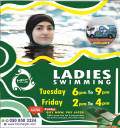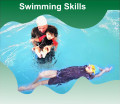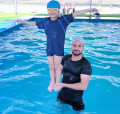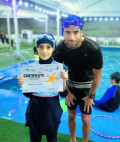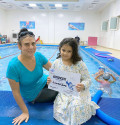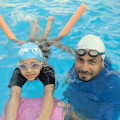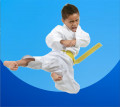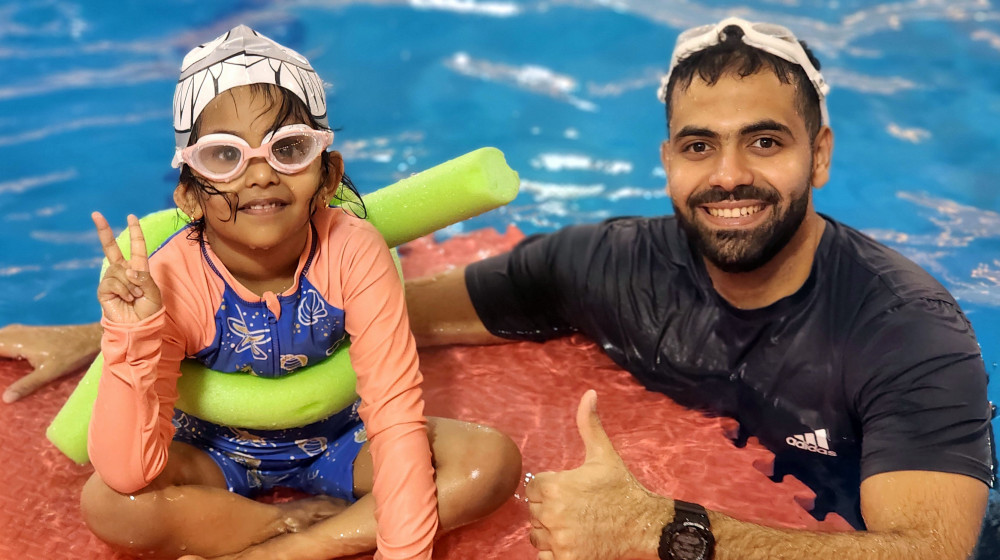
Swimming Strokes Choosing the Right Technique for You
2024-02-25 - swimmingSwimming is a versatile and effective form of exercise,
offering a full-body workout while being gentle on the joints. Whether you're
social swimming or primed for competition, selecting the right stroke can make
a significant difference in your swimming experience and overall fitness goals.
Each swimming stroke comes with its own set of advantages and disadvantages,
catering to different skill levels and preferences.
Freestyle Stroke
The freestyle stroke, also known as the front crawl, is one of
the most common and fastest swimming techniques used in competitions. Swimmers
utilize an alternating arm motion combined with flutter kicking to propel
themselves through the water. This stroke offers excellent speed and
efficiency, making it ideal for long-distance swimming. Additionally, the
freestyle stroke provides a great cardiovascular workout and improves overall
endurance.
However, mastering the freestyle stroke can be challenging
for beginners, as it requires coordination and proper breathing techniques.
Overuse of the shoulders and arms can also lead to injury, particularly if the
stroke technique is not executed correctly.
Breaststroke
The breaststroke is often preferred by beginners due to its
simplicity and ease of learning. Swimmers perform a simultaneous arm movement,
followed by a frog-like kick to propel themselves forward. This stroke is
gentle on the body and allows swimmers to maintain a steady pace while
conserving energy. Additionally, the breaststroke offers excellent upper body
conditioning and can help improve flexibility in the shoulders and hips.
Despite its accessibility, the breaststroke is generally
slower compared to other swimming techniques, making it less suitable for
competitive swimming. The head-up position required for breathing can also
cause strain on the neck and lower back over time.
Backstroke
The backstroke, performed on the back with a flutter kicking
motion and alternating arm strokes, offers several benefits for swimmers. This
technique provides a great cardiovascular workout while placing minimal strain
on the neck and shoulders. Additionally, swimmers have better visibility and
can breathe more comfortably compared to other strokes.
However, mastering the backstroke requires practice to
maintain proper body position and alignment. Swimmers may also encounter
challenges with directional control and navigating obstacles in the water.
Butterfly Stroke
The butterfly stroke is known for its distinctive
dolphin-like movement, with both arms moving simultaneously overhead and a
powerful dolphin kick. This stroke is highly demanding and requires significant
strength and coordination to execute properly. The butterfly stroke offers
exceptional speed and propulsion through the water, making it a popular choice
for competitive swimmers in sprint events.
Despite its effectiveness, the butterfly stroke is one of
the most physically demanding swimming techniques and can lead to fatigue more
quickly. Beginners may find it challenging to maintain the required rhythm and
timing, leading to inefficiency and frustration in the water.
Conclusion
In conclusion, each swimming stroke offers its own unique
set of advantages and disadvantages, catering to different preferences and
skill levels. Whether you're a casual swimmer looking to stay fit or a
competitive athlete aiming for the podium, choosing the right stroke is crucial
for maximizing performance and enjoyment in the water. By understanding the
characteristics and nuances of each technique, swimmers can make informed
decisions and tailor their training to achieve their goals effectively.







.jpg)





















































